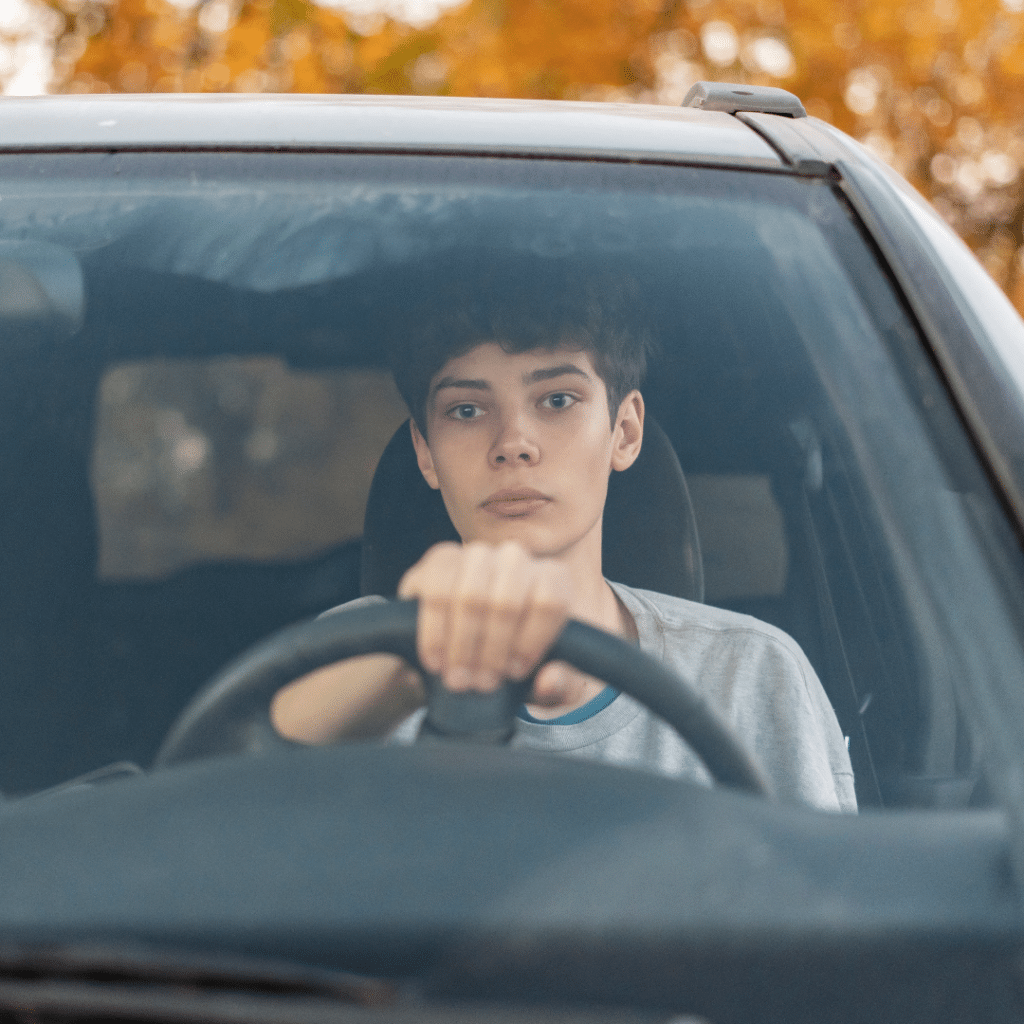By Marcus Fernandez
Most teenagers look forward to the day when they receive their driver’s license. For many teen drivers, this means freedom and independence, but getting behind the wheel of a car also comes with responsibilities and risks.
According to the Florida Department of Transportation, the age group with the highest accident rate in the state is drivers between ages 18 and 19. Nationally, teen drivers in the 16 to 17 age group have the highest crash rate.
The Sunshine State has more than 800,000 licensed drivers between 15 and 19 years of age. This blog looks at factors contributing to the high rate of teenage accidents. It also offers suggestions for making it safer for teen drivers and others who travel on Florida roadways.
Facts about teenage driving
Data compiled by the Centers for Disease Control and Prevention shows that more teens in the United States die from traffic accidents than other causes. The rate of fatal crashes for 16- to 19-year-old teen drivers is three times greater than for those drivers aged 20 and older. Male drivers ages 16 to 19 have a disproportionately higher rate of fatal accidents than female drivers of the same age group.
New teen drivers and friends onboard increased accident rates, per the CDC report. An uptick in the crash rate was noted during the first three months of receipt of a driver’s license. It also increased when teen drivers had friends riding along as passengers.
Factors affecting the safety of teenage drivers and their passengers
If parents want to help their teenagers be safe, whether as a driver or a passenger, the following are the leading risk factors to discuss with them:
- Driver inexperience: Let’s face it, certain roadways in the Tampa Bay area can be a challenge for even the most experienced driver, so encourage teen drivers to find safer routes or travel at times of the day when traffic is lighter until they get more experience.
- Distracted driving: Teens may consider music an essential part of their lives, but it’s a distraction to avoid when driving. Other common distractions include eating or drinking, texting or talking on a cell phone, conversations with passengers, adjusting audio or GPS systems, and other behaviors that take your hands off the steering wheel or your eyes and attention away from the task of driving.
- Obey traffic laws: Speeding and tailgating are not only illegal, but they cause accidents.
- Changes in road or weather conditions: How you drive may need to change to accommodate road conditions or weather. You may need to slow down when driving on wet roads or roadways that need repair or are littered with debris.
Driving at night comes with additional hazards, particularly for teen drivers. Headlights of oncoming vehicles can make it difficult to see. Nocturnal animals crossing the road also present hazards to teen drivers. They might not encounter these when driving during daylight hours. Parents should urge teen drivers to delay night driving until they gain experience and confidence on the road.
Florida’s graduated driver licensing
Florida implemented graduated driver’s licenses to allow teenage drivers to gradually gain experience driving a car before being granted full driving privileges. Following are the three licensing stages depending on the age of the driver:
- Learner’s license: A person at least 15 but not yet 16 may obtain a learner’s permit that lets them drive during daylight hours when accompanied by a licensed driver who is at least 21 and seated in the front passenger seat. After three months, the teen may drive until 10 p.m. with a licensed 21-year-old present. Teens must remain in the learner’s stage for 12 months and have 50 hours behind the wheel, with 10 being at night, to be eligible for a restricted license.
- Restricted driver’s license: At age 16, a teenager may apply for a restricted license. If they pass a driving test, a restricted license will be issued that allows them to drive from 6 a.m. until 11 p.m. Drivers who are 17 years old may drive during the hours of 5 a.m. and 1 a.m. with a restricted license.
- License with full privileges: When a teen turns 18, they have full driving privileges without the restrictions previously imposed.
Graduated licensing allows teenagers to learn how to drive and gain experience before receiving full driving privileges.
Contact a Tampa injury lawyer
Remember that you have rights when injured in a car accident. Discover how KFB Law can help secure your deserved compensation for personal injuries. Learn more during a free consultation by contacting KFB Law today.



